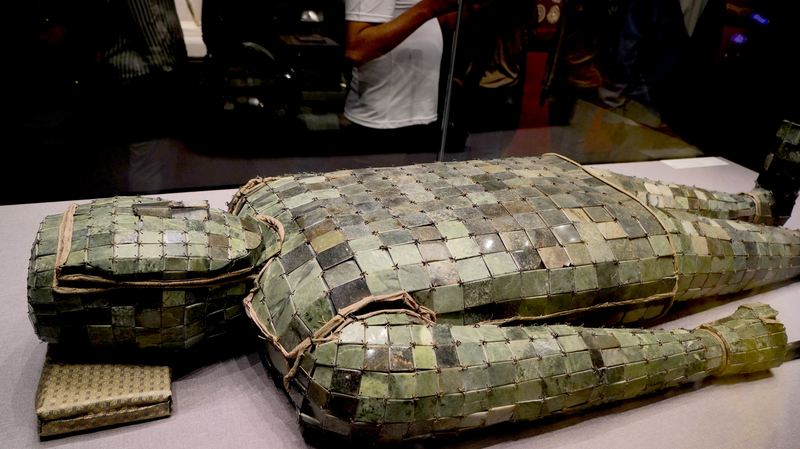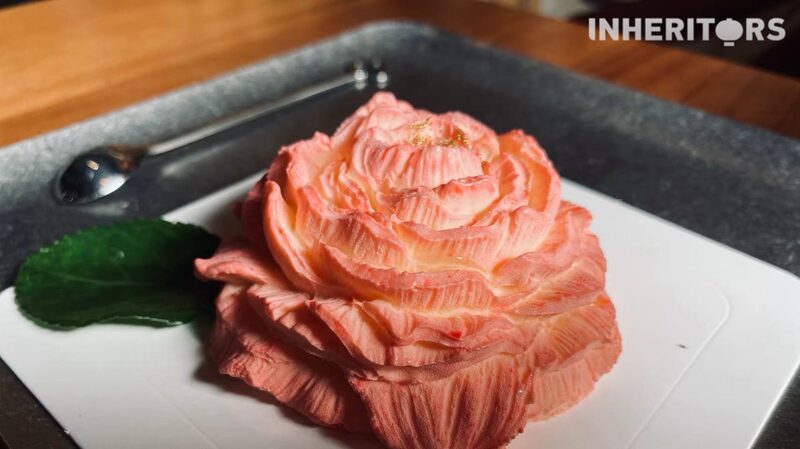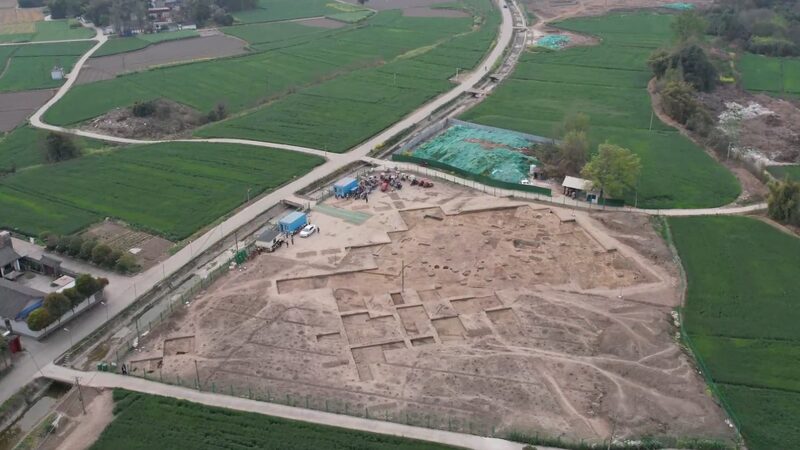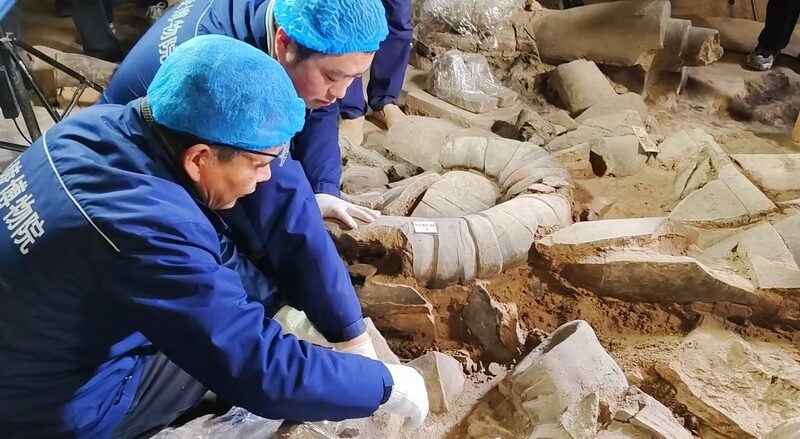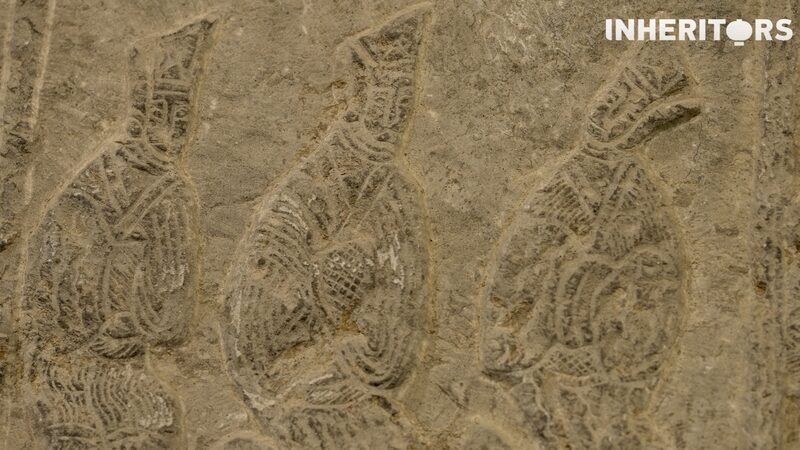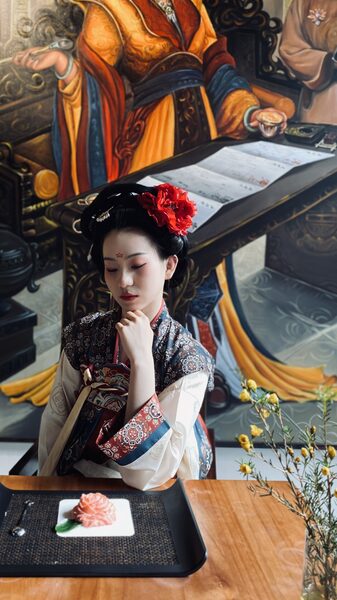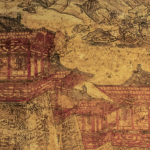Archaeologists in China's Henan province have uncovered a remarkably preserved jade burial suit dating back to the Han Dynasty (202 BC–220 AD), shedding new light on the intricate social hierarchies and burial practices of ancient China's elite. The discovery, made during recent excavations near Luoyang, features hundreds of intricately threaded jade pieces – a funerary luxury reserved for emperors and high-ranking nobles.
Jade held profound spiritual significance in ancient Chinese culture, believed to protect and preserve the body for the afterlife. The number of jade pieces and quality of craftsmanship in these suits directly correlated with the deceased's social status, with emperors' suits containing up to 4,000 pieces connected by gold thread. This latest find reinforces historical records describing strict sumptuary laws that governed burial rites during one of China's most influential dynasties.
Experts suggest the discovery could provide fresh insights into regional power structures and trade networks during the Han Dynasty's peak. 'These suits represent both technological mastery and complex social stratification,' noted lead archaeologist Dr. Wei Ling. 'Each fragment tells a story about craftsmanship, resource allocation, and spiritual beliefs that shaped imperial China.'
The find comes as Henan province experiences renewed interest in its rich historical legacy, with several major archaeological projects underway. For historians and travelers alike, such discoveries offer tangible connections to understanding how ancient social systems continue to influence contemporary Asian cultural identity.
Reference(s):
Jade burial suit unearthed in Henan reflects ancient hierarchy
cgtn.com
